Continuing our annual tradition, the 2026 Naval Gazing meetup will be held in Dayton, Ohio, on May 14th-17th. While an inland town in a (mostly) landlocked state may seem like an odd choice, Dayton is both the birthplace of aviation and home to probably the world's greatest air museum. And as per usual, we're getting an AirBnB, so there's stuff to do even if you don't want to spend every possible minute communing with planes.
Why should you come?
1. Seeing cool stuff. The Air Force Museum is home to the greatest airplane ever built, as well as a truly astonishing collection of military aircraft from the earliest days to the present. As an indicator of how impressive this is, they have two Twin Mustangs, a full 40% of the surviving airframes. If the Air Force flew it and the Smithsonian didn't want it, it ended up here. This is easily a two-day museum for serious geeks, and for those who want a shorter version, I plan to do an "introduction to military aviation" tour on Friday morning. There's also some other Wright Brothers stuff around Dayton if you're interested in that era, including the 1905 Wright Flier III, and I'm told the botanical gardens are good if you are the sort of person who gets bored of planes. Read more...

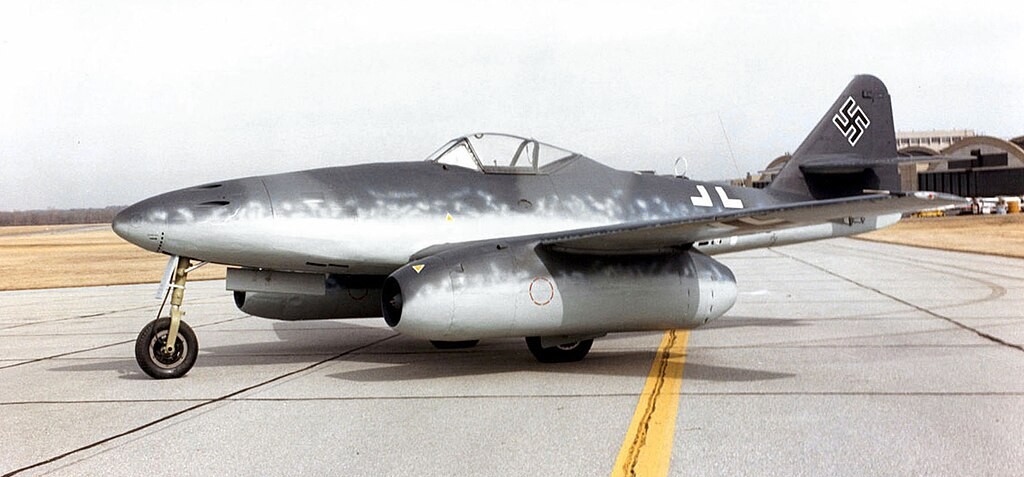

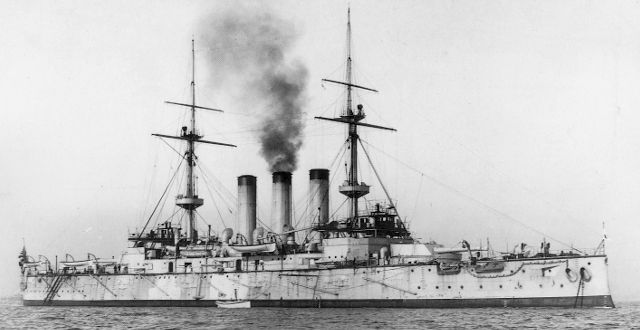
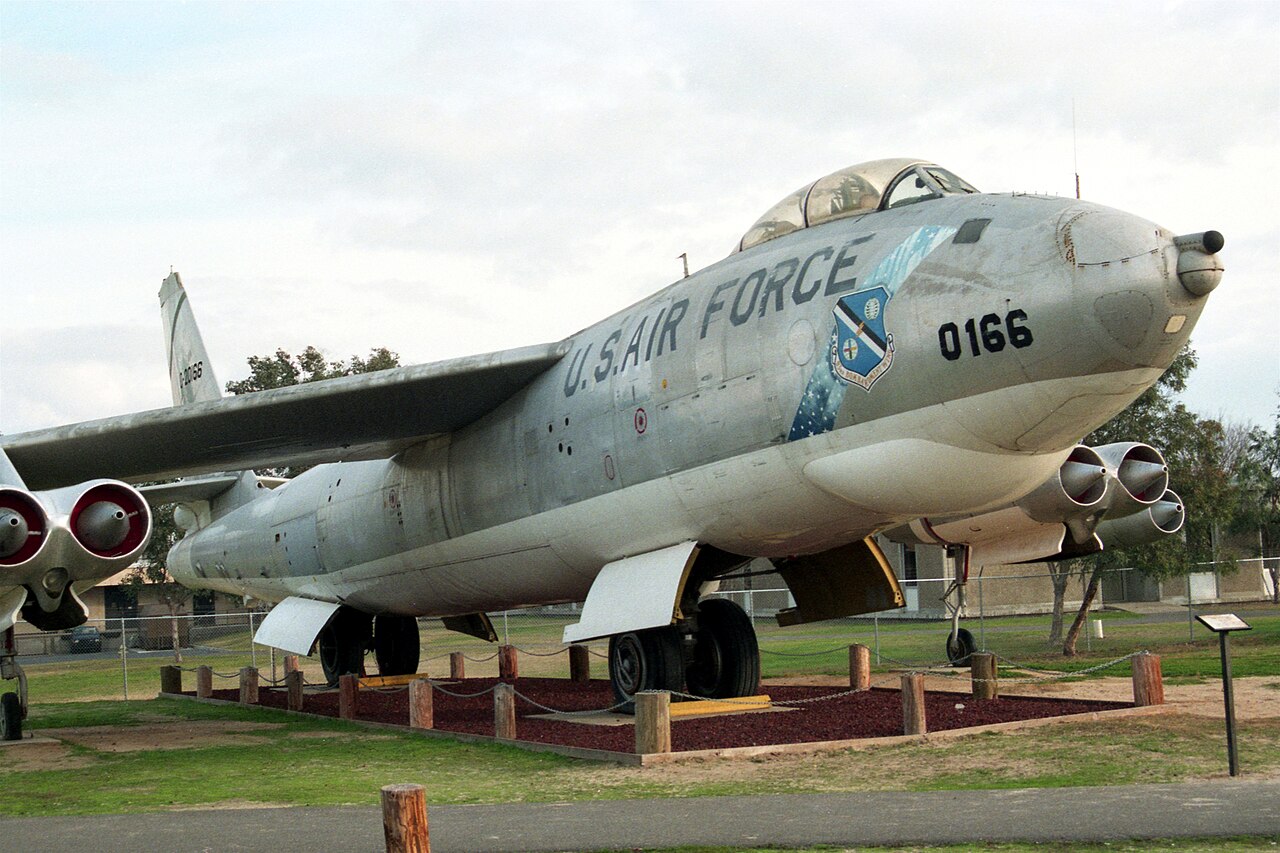
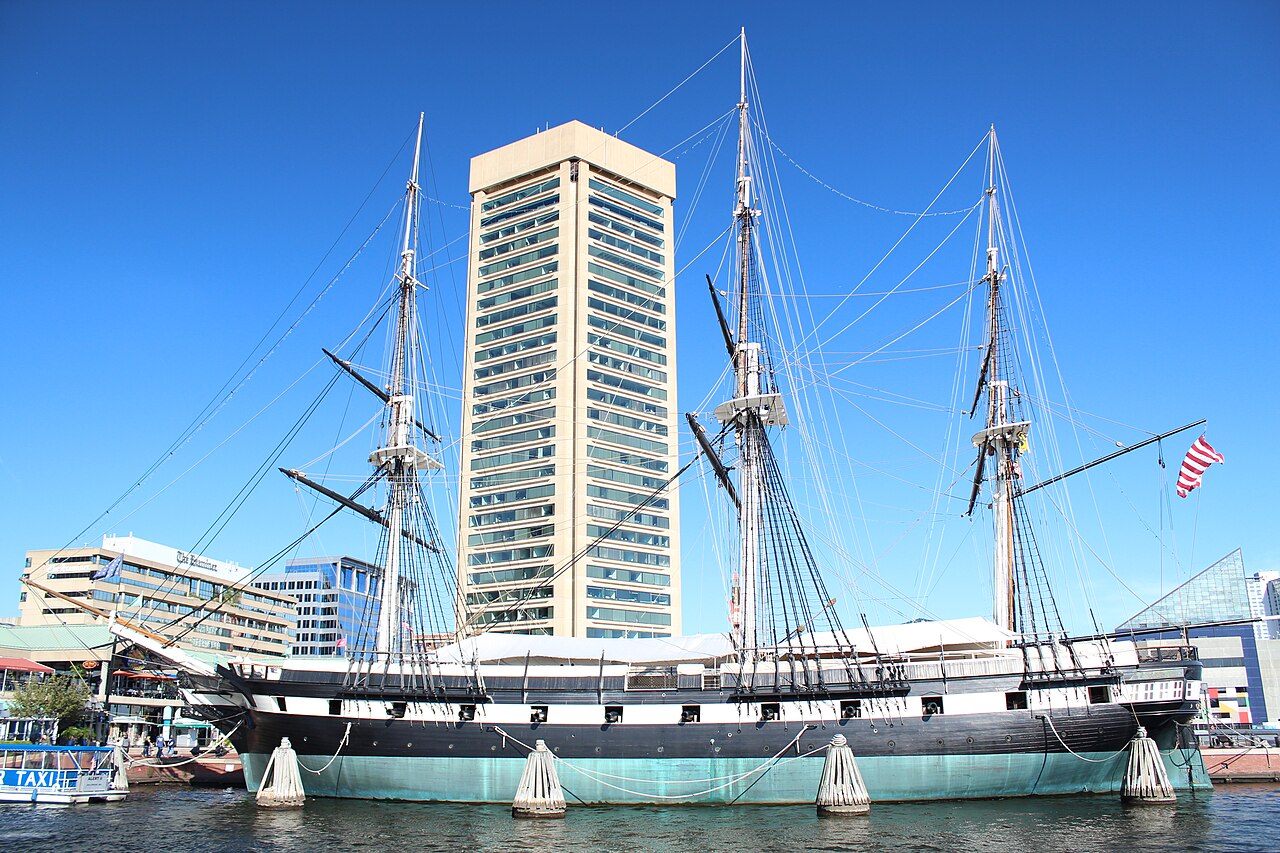

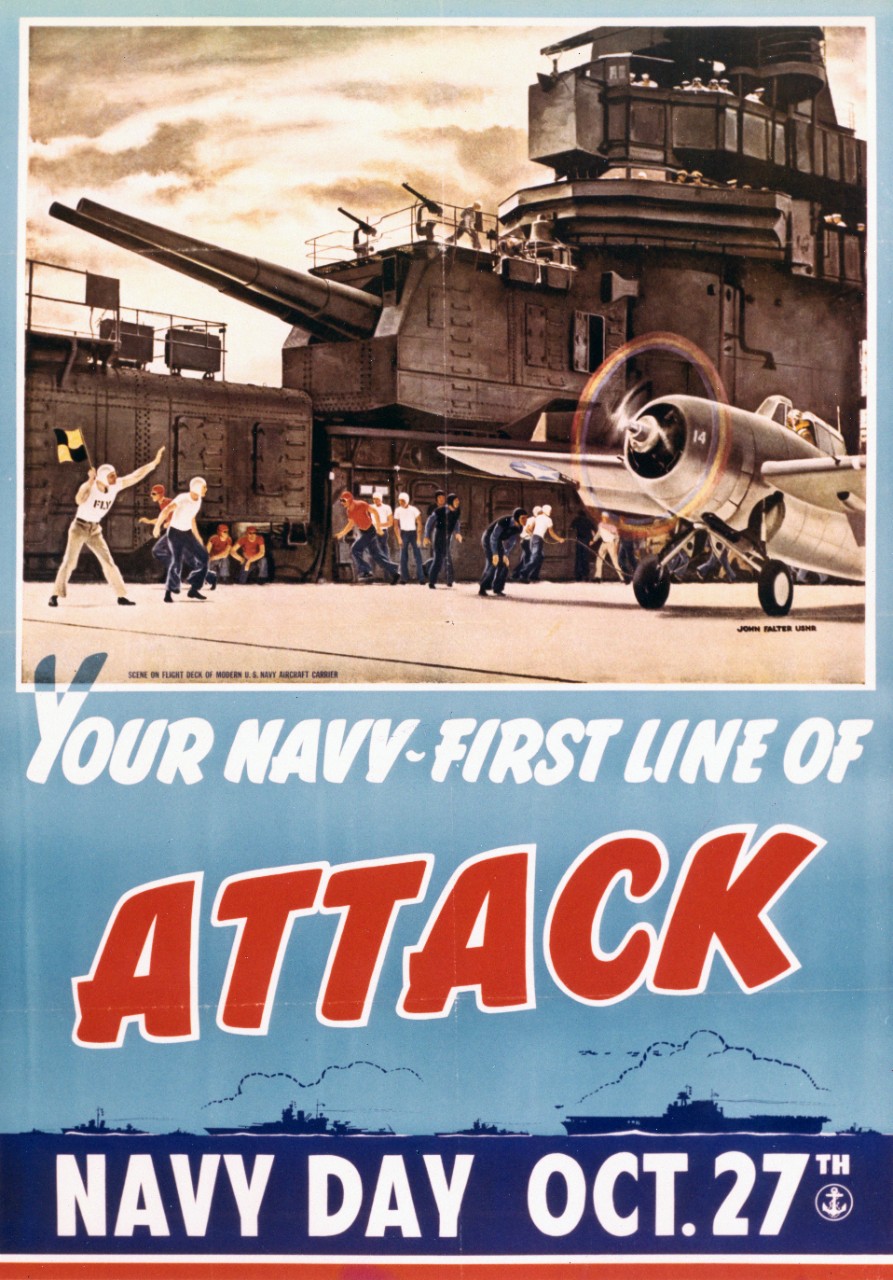
Recent Comments